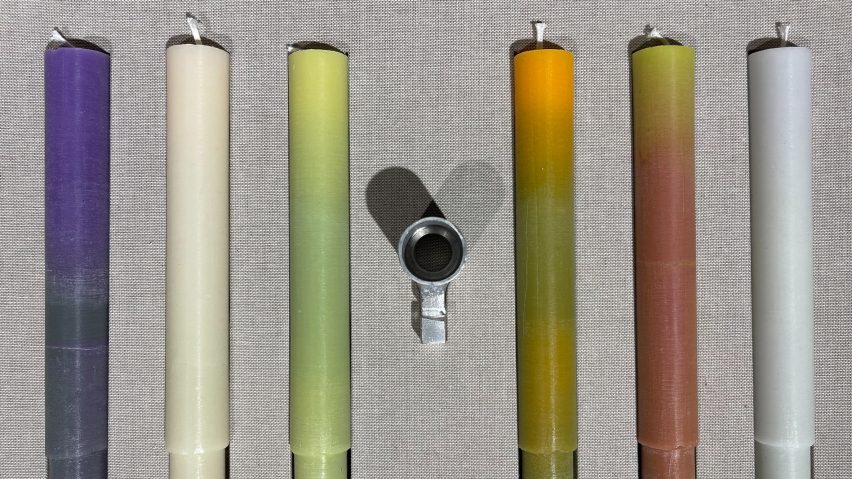
Majdulin Nasrallah transforms tear gas canisters into candle holders as ode to Palestine
Palestinian designer Majdulin Nasrallah has created key-shaped candle holders made of tear gas canisters salvaged from Bethlehem and Nablus, which intend to reflect "the layers of pain, hope and strength Palestinians carry within them".
Qatar-based Nasrallah made the coloured and scented candlesticks by hand with holders shaped like keys. The motif was chosen to represent the Palestinian key – a global symbol of resistance for Palestinians.
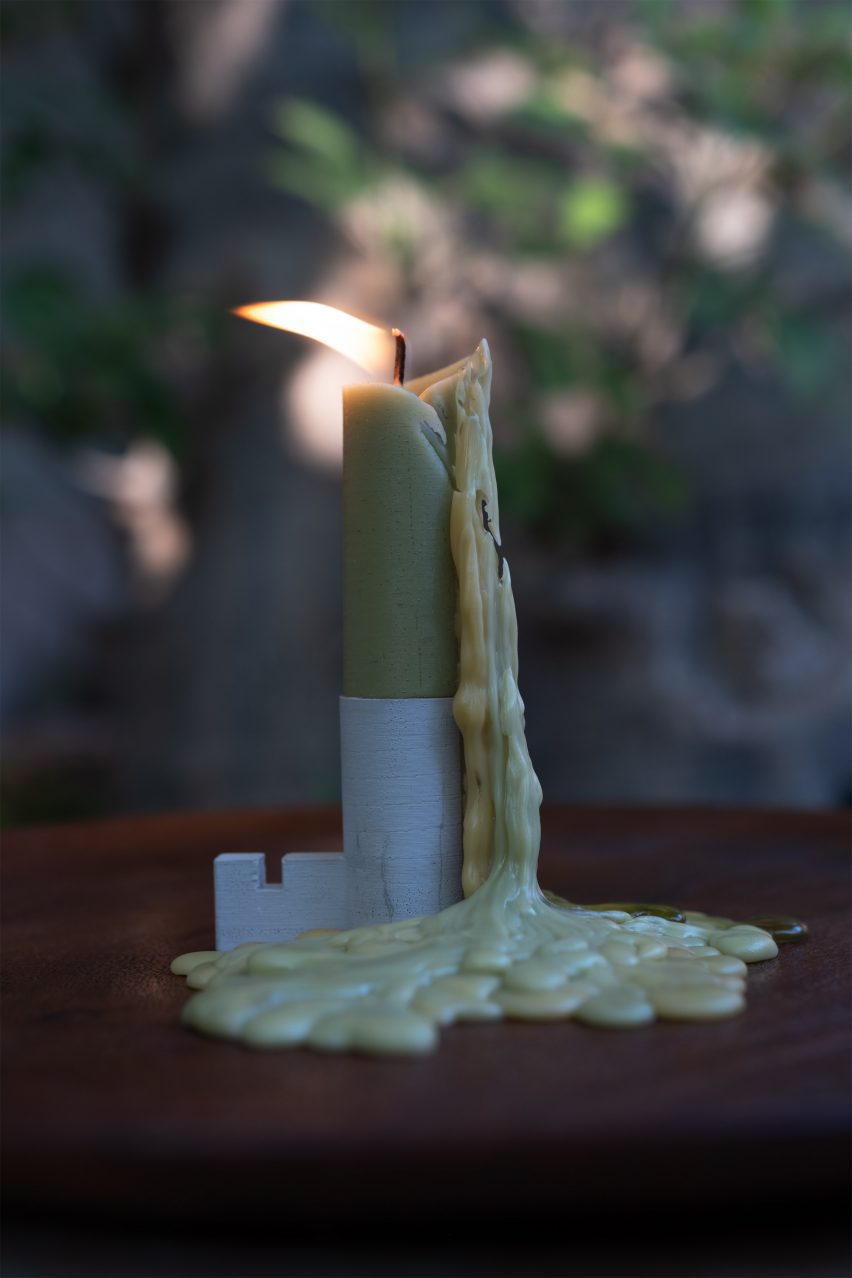
The symbol has been used in solidarity with Palestinian freedom since the Nakba – or the Catastrophe, in Arabic – which refers to the mass displacement and dispossession of over half the Palestinian Arab population in the 1948 Arab-Israeli war, during which the State of Israel was established.
In the decades following the Nakba, the number of Palestinian refugees has reached approximately six million.
"We call it the 'key of return'," said Nasrallah, who moved from Jordan – where her family lived in exile – to Qatar in 2000.
"It speaks of our forced displacement and right to return to our homes and ancestral land. Many Palestinian families took their keys with them when they were forced into exile in 1948 and promised to return in a few days or weeks," the designer told Dezeen.
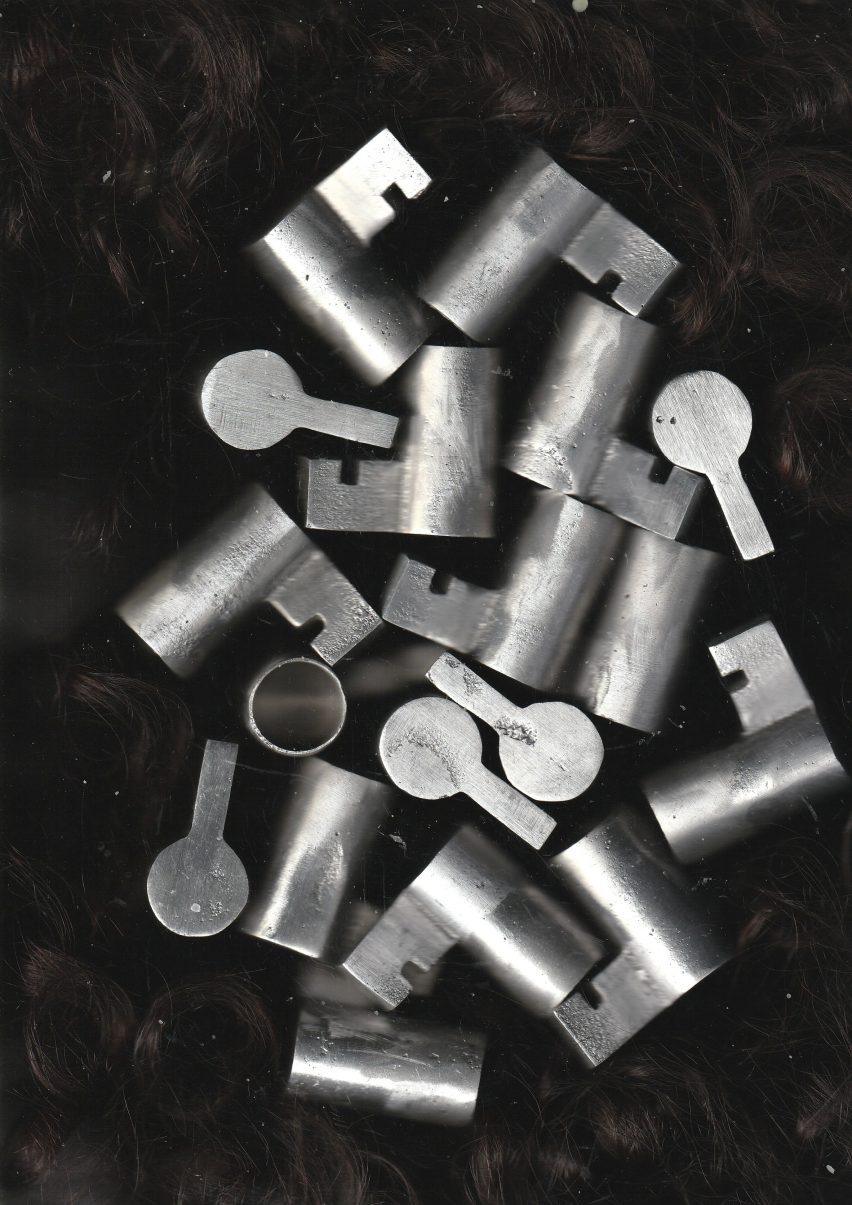
1948 is also the name of Nasrallah's project, which includes key-shaped candleholders made of two different materials.
Most are made of concrete in homage to "Palestine's demolished villages and houses" that are a result of past and present violence in Gaza and the West Bank, which are both occupied by Israel.
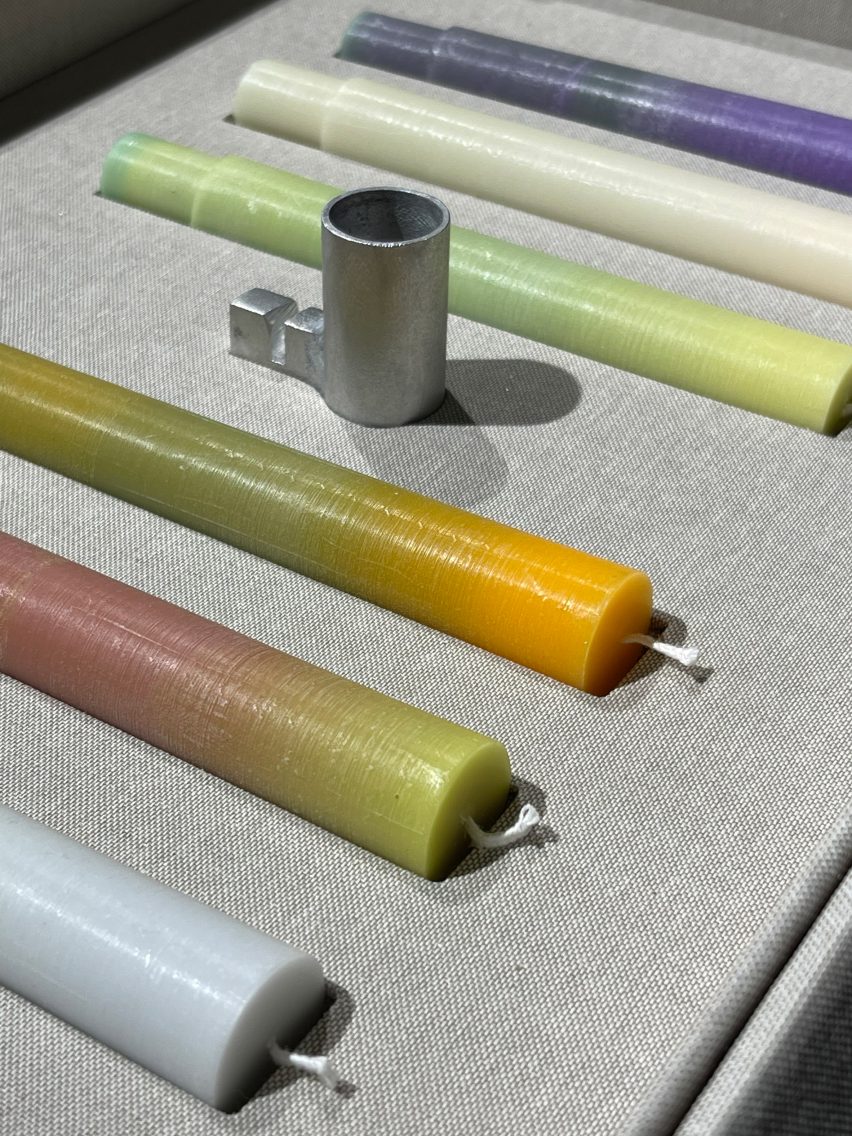
A limited edition of 100 was made from upcycled tear gas canisters retrieved from the streets of Bethlehem's Aida refugee camp by Akram Alwarah, a local designer who has created art and jewellery from the canisters for several years.
Alwarah reshaped the canisters into flat metal sheets and cleaned them of any traces before sending them to Monther, a metalworker based in the city of Nablus, who transformed the canisters into key-shaped candleholders using a 3D-printed mould that Nasrallah shipped to him.
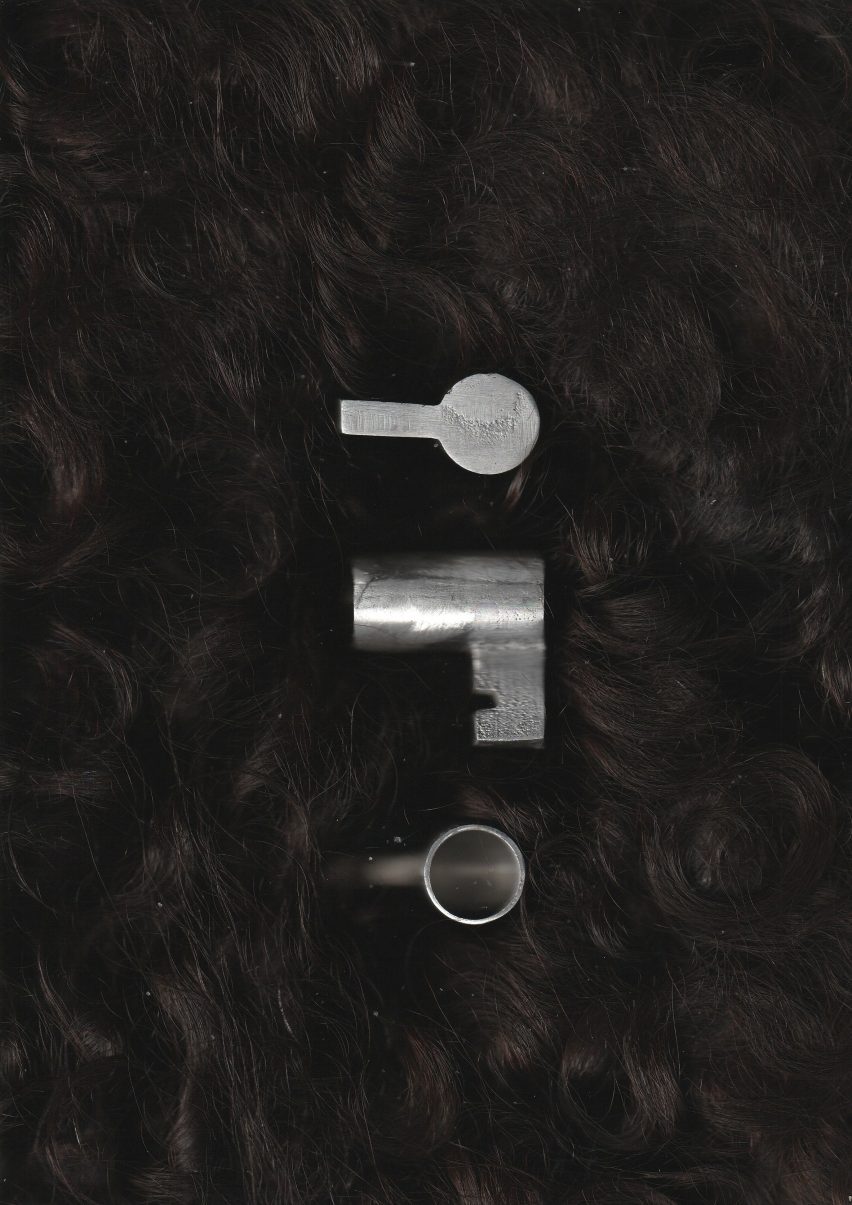
"Collecting and transforming the canisters was a long and tiring process that took more than two years," said Nasrallah.
Alwarah had to take extra care to deconstruct the canisters into simple sheets before they travelled through Israeli checkpoints in the West Bank.
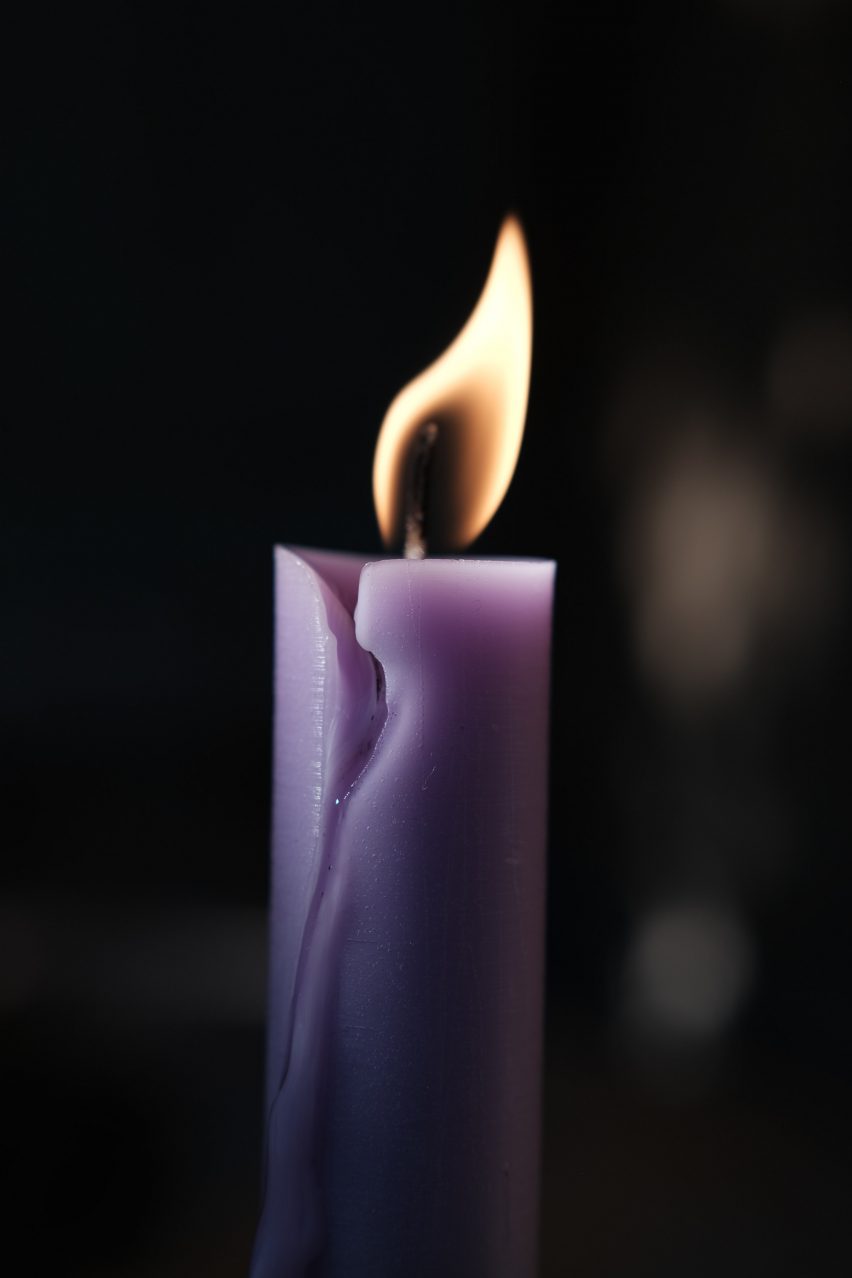
This was a last resort, as Monther had originally tried to retrieve tear gas canisters himself, but in Nablus, the process "was dangerous and difficult, and he couldn't collect enough," explained Nasrallah.
"I believe the challenges faced during the process, especially the collection of tear gas canisters and transportation through Israeli checkpoints, add to the narrative and value of the candle holders as they embody the reality of life under occupation," she added.
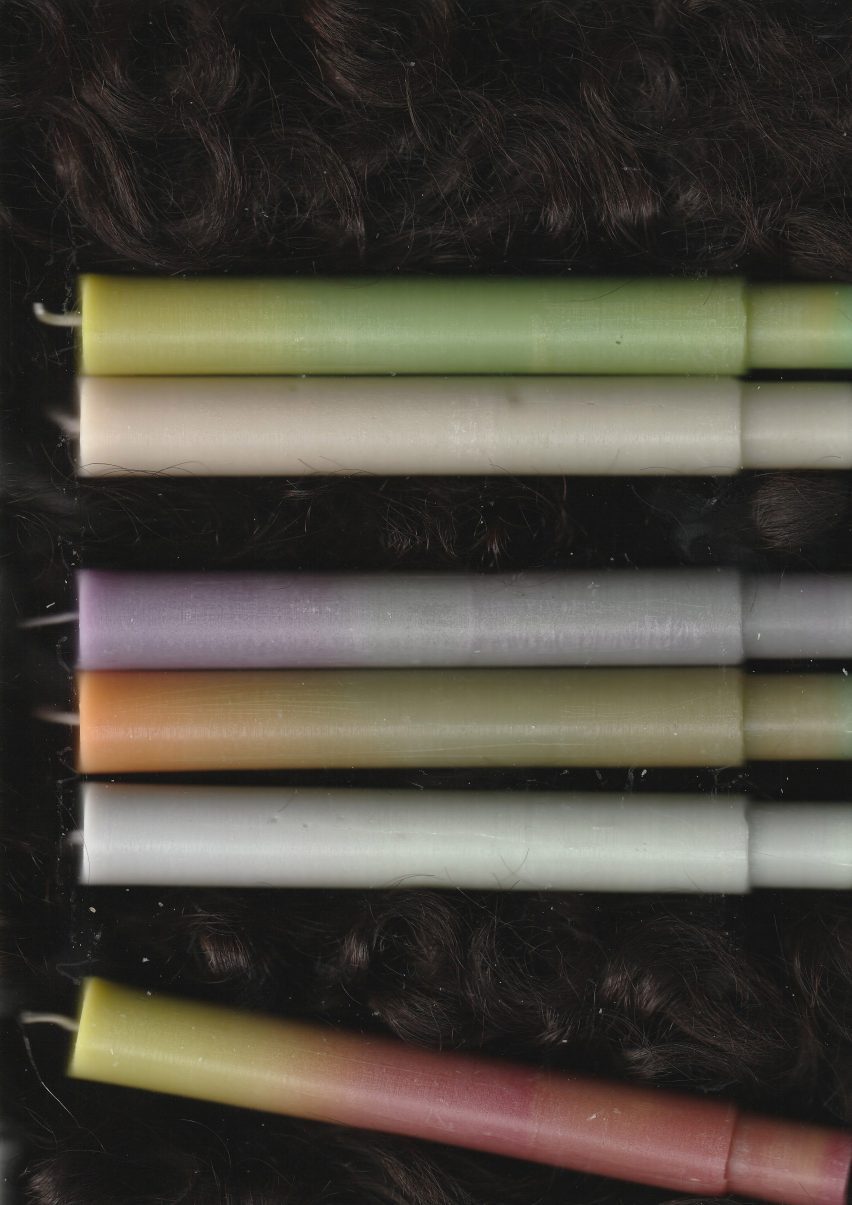
Each candlestick features an earthy hue in subtle gradients to reflect the Palestinian landscape and its sunsets, including yellow, green and deep purple.
These colours were chosen to match the candlesticks' scents – olive, sage, thyme, orange, jasmine or fig – which were selected to evoke memories of Palestine.
Nasrallah began working on her project before the most recent Israel-Gaza war, which has so far claimed over 38,000 lives and displaced over 2 million individuals.
"When I was working on this project, I was thinking about the 1948 Nakba and the ongoing occupation of Palestine," said the designer. "Little did I know I would be witnessing my people go through a 2023 Nakba on my phone screen."
"During the past few months, I completed this work with a heavy heart. There were many days when I couldn't look at my project, let alone produce every piece," she added.
"On other days I would remind myself of the message I carry through my work – to resist. And I would get up and continue making."
"My candles are a reflection of my people," continued Nasrallah.
"They burn, and stand strong and beautiful at the same time. I hope that when audiences experience the 1948 project, they can feel the layers of pain, hope and strength Palestinians carry within them."
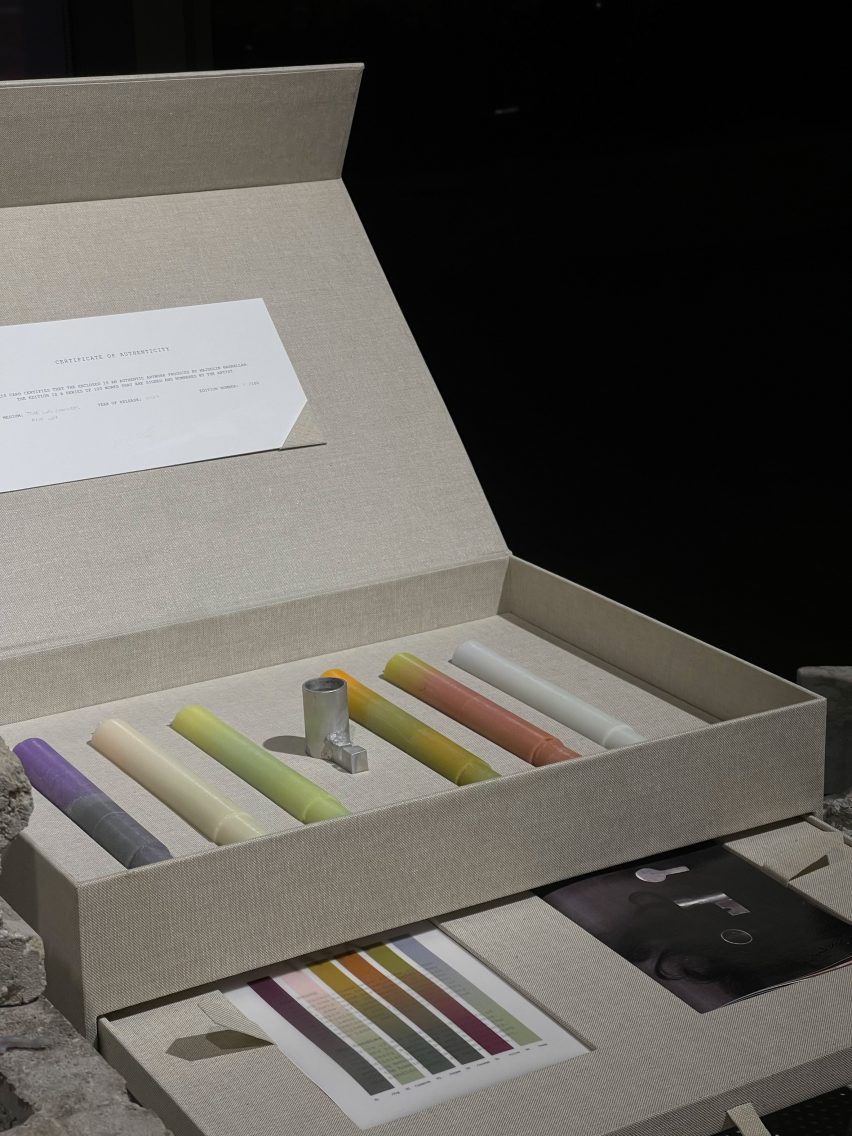
The project was completed as part of the Qatar-Morocco 2024 Year of Culture and was supported by the Materials Library Post Graduate Fellowship at VCUArts Qatar.
Nasrallah presented her project at Liwan Studios in Qatar during the inaugural Design Doha, where other Palestinian creatives are showcasing work until the event concludes in August – such as architecture office AAU Anastas and designer Abeer Seikaly.
Earlier this year, Architects for Gaza established the Gaza Global University as a platform to provide free education to architecture students in Gaza who cannot continue their studies due to the ongoing war.
The photography is courtesy of Majdulin Nasrallah. Comments have been turned off on this story due to the sensitive nature of the subject matter.